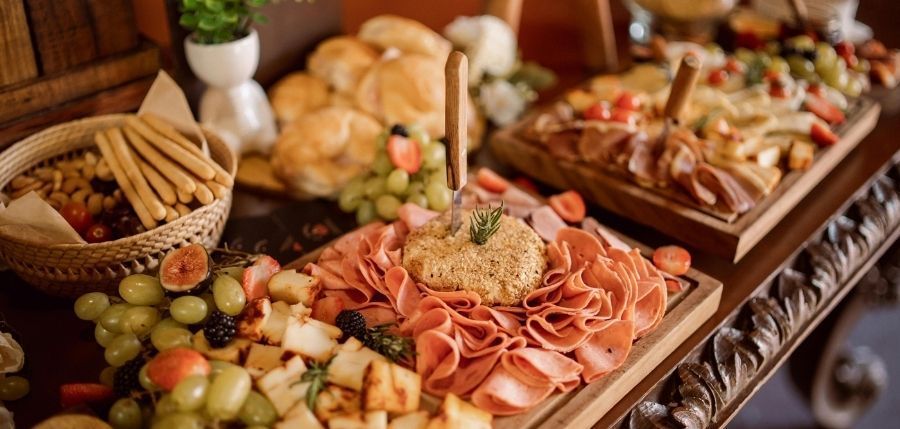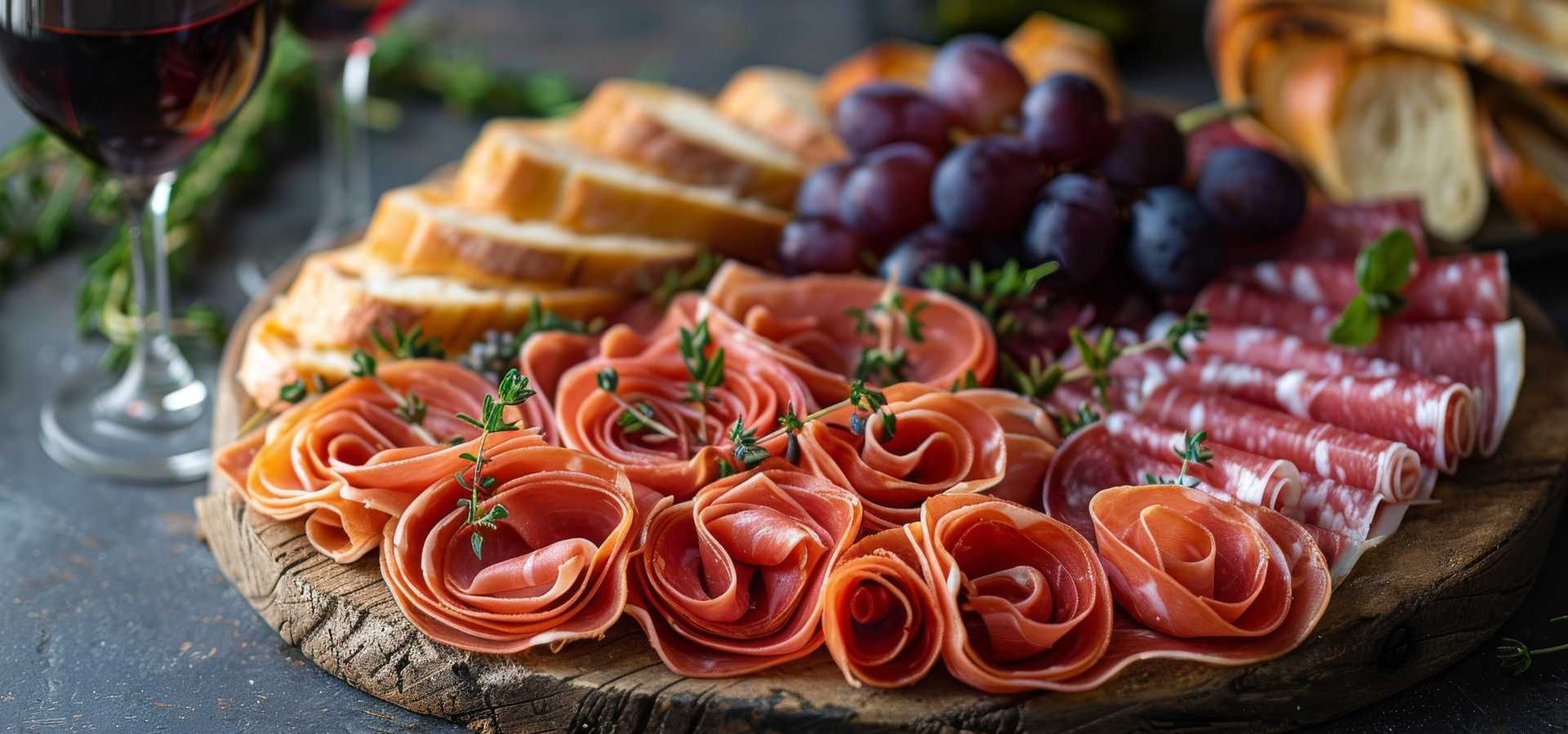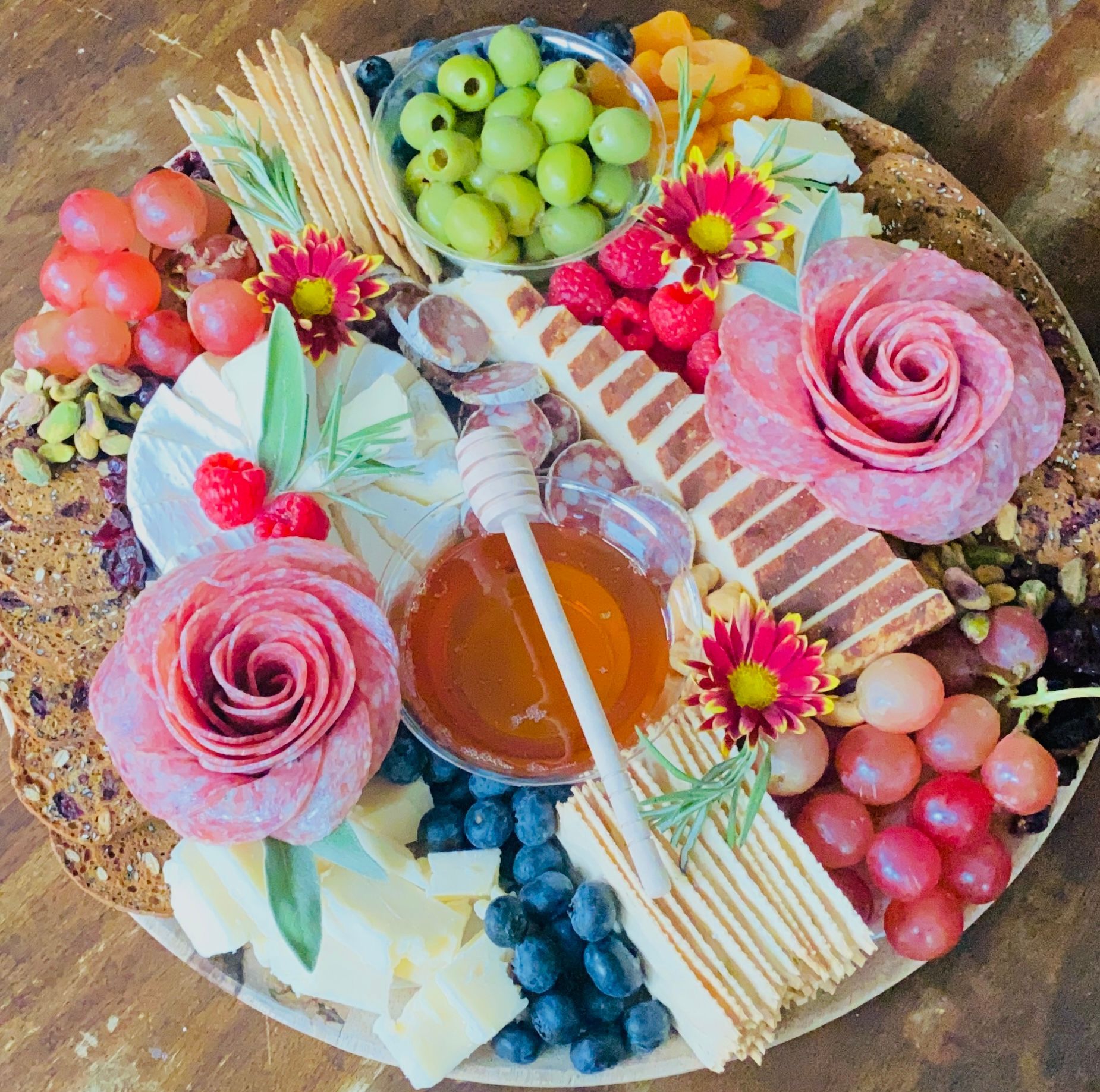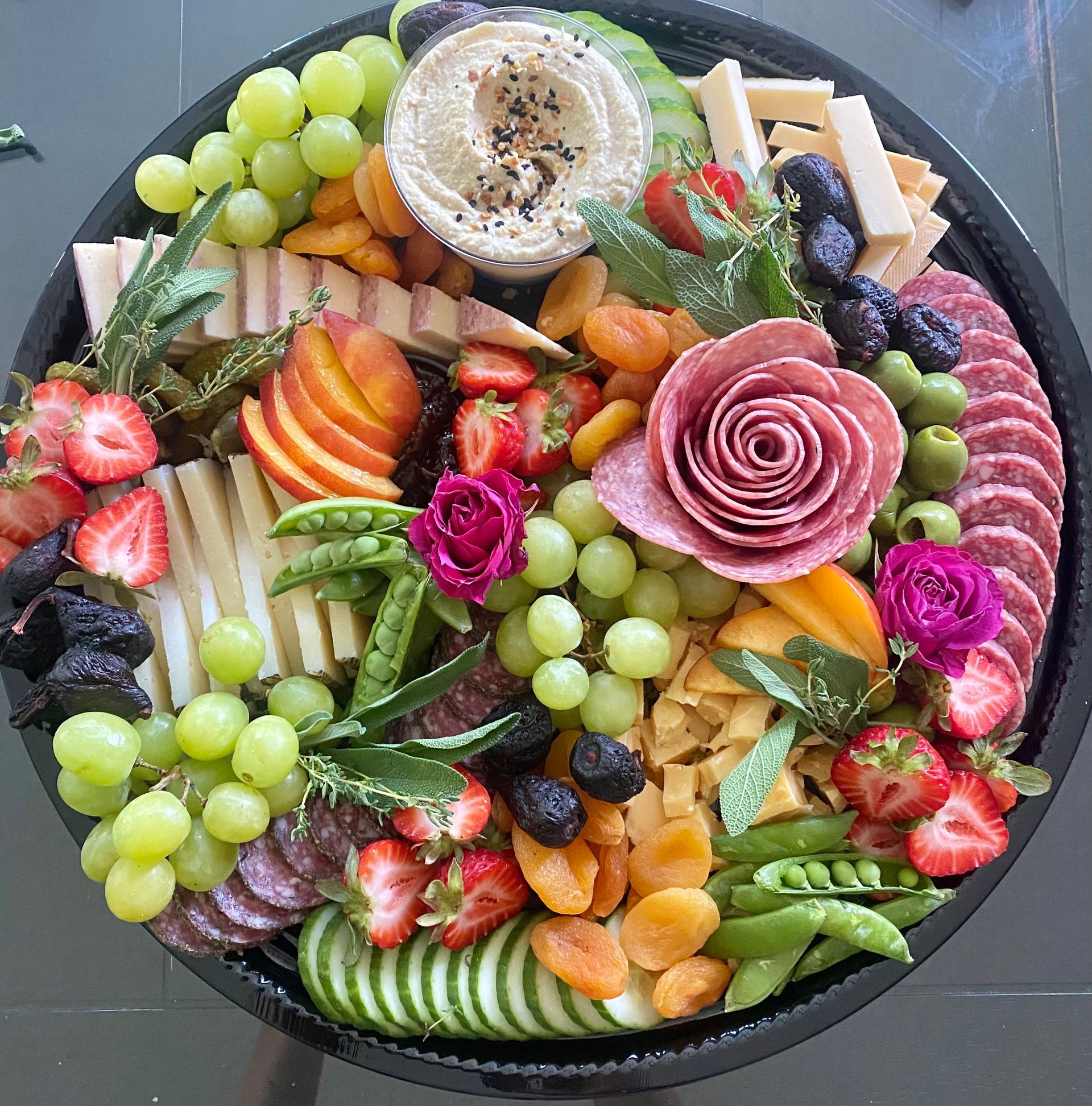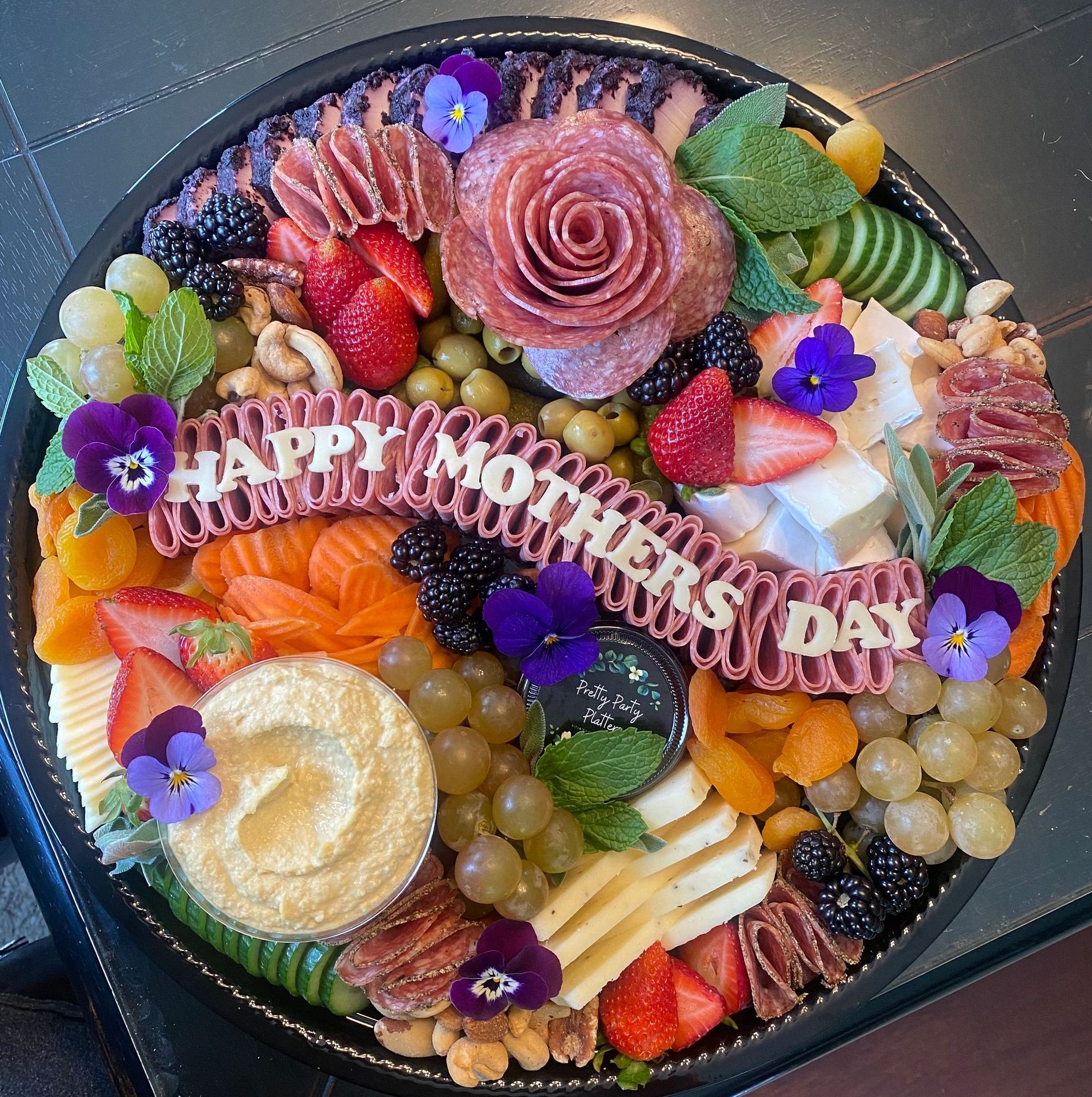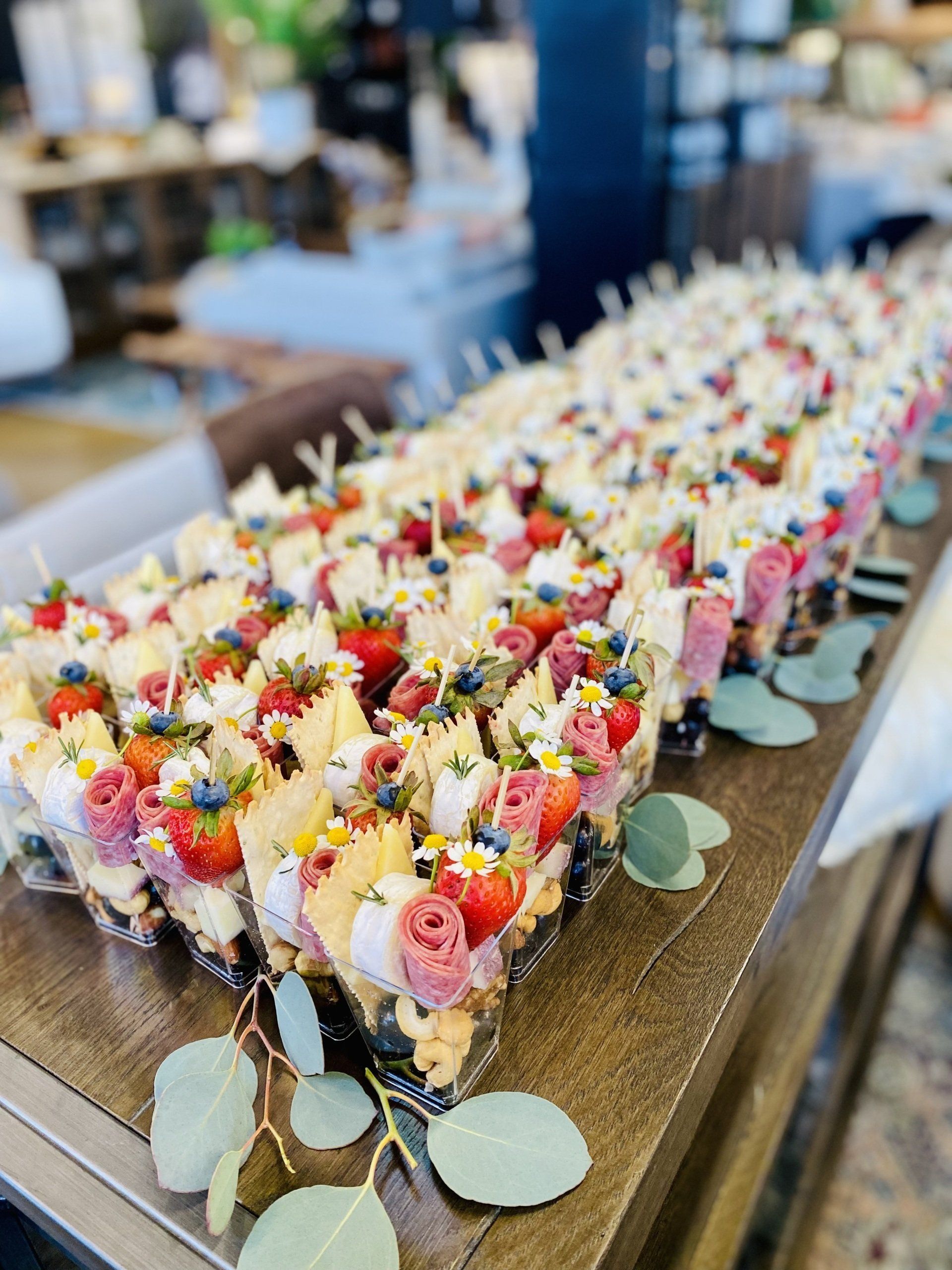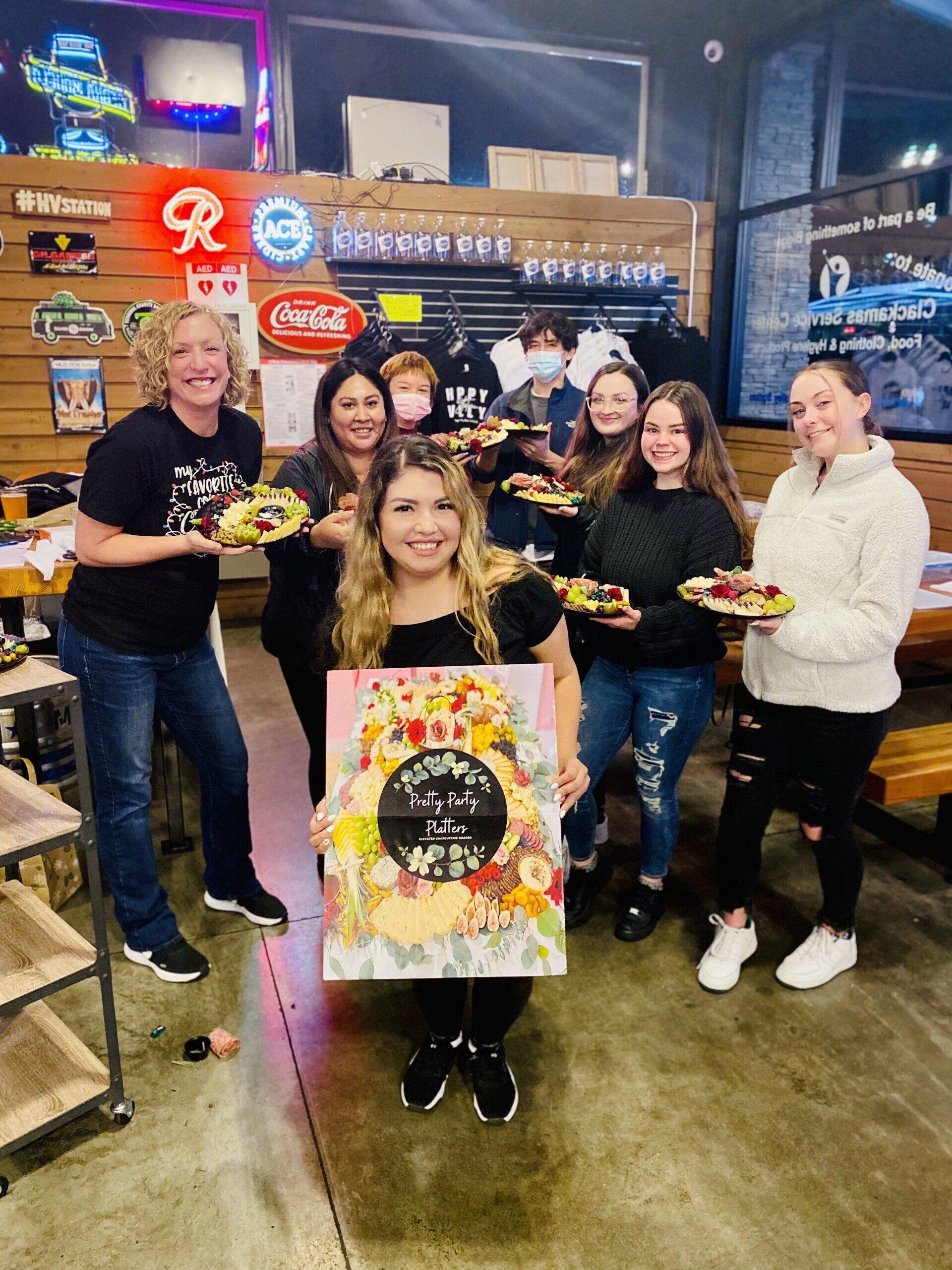Creative Uses for Leftover Charcuterie Ingredients
Turn Extra Cheeses, Meats, and Snacks Into Delicious New Creationshis is a subtitle for your new post
Charcuterie boards are the ultimate crowd-pleasing centerpiece. They’re gorgeous, versatile, and filled with an array of flavors to suit every guest. But if you’ve ever hosted with a grazing spread, you know the challenge that comes afterward: leftovers. Bits of cheese, slices of cured meat, handfuls of crackers, and stray fruits often remain after the gathering wraps up.
Instead of letting those ingredients go to waste or nibbling on them plain for days why not transform them into something fresh and exciting? With a little creativity, your leftover charcuterie board can become the foundation for meals, snacks, and even new entertaining spreads.
In this post, we’ll explore clever ways to repurpose leftover charcuterie ingredients so nothing goes to waste and your table continues to shine long after the party.
Why Leftovers from Charcuterie Boards Are Perfect for Repurposing
Unlike standard leftovers that may need reheating or complete reinvention, charcuterie ingredients are already versatile building blocks. Cheeses, meats, fruits, nuts, breads, and spreads can all be mixed and matched into other dishes. With just a few additions from your pantry, you can easily create:
- Quick meals: Think sandwiches, pastas, or frittatas.
- Elevated snacks: Fancy grilled cheese or gourmet popcorn.
- Next-day platters: Smaller boards or lunchbox-style portions.
- Make-ahead recipes: Sauces, baked goods, or freezer-friendly dishes.
The key is to look at leftovers not as random odds and ends, but as curated, high-quality ingredients ready to be reimagined.
Creative Ideas for Leftover Cheese
Cheese is often the star of a charcuterie board, and it’s one of the most versatile ingredients to repurpose.
- Gourmet Grilled Cheese
Combine a mix of leftover cheeses cheddar, brie, gouda, or Toscano for a rich, melty sandwich. Add extras like caramelized onions, fig jam, or slices of cured meat to make it unforgettable. - Mac and Cheese Upgrade
Chop up your cheese scraps and melt them into a creamy sauce for macaroni. Mixing different varieties gives the dish a unique depth of flavor. - Cheese Omelets or Frittatas
Dice your cheeses and fold them into eggs along with leftover veggies or meats. Perfect for breakfast, brunch, or a light dinner. - Cheese Spreads or Dips
Blend soft cheeses with herbs, garlic, or a touch of cream to make a spread for crackers or sandwiches. Harder cheeses can be grated into dips or added to baked appetizers. - Soup Enhancers
Toss parmesan rinds or small cubes of cheese into soups for added richness. French onion soup, potato chowder, and broccoli cheddar all benefit from leftover cheese.
Repurposing Leftover Meats
Cured meats like salami, prosciutto, and peppered turkey are flavorful, portable, and perfect for adding depth to other dishes.
- Pizza Toppings
Scatter slices of salami, prosciutto, or soppressata over homemade or store-bought pizza dough. Add leftover cheeses for a gourmet pie. - Pasta Dishes
Chop meats into small pieces and toss them into pasta carbonara, baked ziti, or creamy Alfredo. Their salty flavor pairs beautifully with sauces. - Breakfast Boosters
Fold meats into scrambled eggs or breakfast burritos. You can also wrap prosciutto around asparagus or melon for a quick snack. - Charcuterie Fried Rice
Combine diced meats with rice, vegetables, and soy sauce for a fast, fusion-inspired dish. - Stuffed Vegetables
Add chopped meats to stuffed peppers, zucchini boats, or mushrooms. The savory notes elevate the filling and make it heartier.
Fresh Uses for Fruits and Veggies
Charcuterie boards often include grapes, berries, sliced citrus, and crisp veggies. Don’t let those perish in the fridge—use them quickly in creative ways.
- Smoothies
Toss leftover berries or grapes into the blender with yogurt or almond milk for a refreshing smoothie. - Salads
Mix fruits into green salads for a sweet contrast. Grapes with walnuts and blue cheese, or strawberries with spinach and goat cheese, are classics. - Roasted Vegetables
If you have extras like carrots, peppers, or broccoli, roast them with olive oil and herbs for an easy side dish. - Fruit Compotes or Jams
Cook berries or citrus with sugar and lemon juice to create a compote for pancakes, waffles, or toast. - Infused Water or Cocktails
Slice leftover citrus or berries and drop them into sparkling water, iced tea, or cocktails for a festive twist.
Smart Ways to Use Crackers and Breads
Sometimes the crackers and breads from a charcuterie board go untouched. These pantry staples can easily be reimagined.
- Breadcrumbs
Crush crackers or stale bread into fine crumbs for breading chicken, fish, or veggies. - Crostini or Bruschetta
Slice and toast leftover baguette pieces, then top with spreads, cheeses, or roasted veggies. - Cracker Crusts
Use crushed crackers as the base for savory pies, quiches, or even cheesecake crusts. - Soup Toppers
Cut bread into cubes, toss with olive oil and herbs, and bake into croutons. - Lunchbox Additions
Pack crackers with cheese cubes and fruit for easy snack boxes.
Don’t Forget the Spreads and Nuts
Charcuterie boards often feature jams, mustards, honey, or nut mixes. These may seem tricky to reuse, but they’re culinary gold when repurposed.
- Glazes and Marinades
Use honey or jam as a glaze for chicken, pork, or salmon. Mustards can be whisked into dressings or marinades. - Dessert Layers
Layer jams with yogurt or parfaits. Honey drizzles beautifully over ice cream or fruit. - Baking Boosts
Add nuts into cookies, brownies, or homemade granola. Use spreads as fillings for pastries or muffins. - DIY Salad Dressings
Combine mustard, honey, olive oil, and vinegar for a quick, flavorful vinaigrette. - Snack Mixes
Mix leftover nuts with dried fruits or pretzels for a custom trail mix.
Building New Mini Boards
If you’re not in the mood to cook, you can always reimagine your leftovers into smaller grazing boards. Try:
- Breakfast Boards: Pair cheeses with fruit, nuts, and croissants.
- Snack Boxes: Create individual containers with meats, cheeses, crackers, and fruit for grab-and-go lunches.
- Movie Night Platters: Add leftover nuts and chocolates to a mix of cheeses and popcorn.
This not only extends the life of your ingredients but also makes everyday meals feel special.
Tips for Storing Leftovers
To get the most out of your charcuterie ingredients, proper storage is key:
- Cheeses: Wrap in wax paper or parchment, then store in airtight containers. Avoid plastic wrap, which traps moisture.
- Meats: Keep in sealed containers or vacuum-sealed bags in the fridge.
- Fruits and Veggies: Store separately in breathable produce bags to keep them fresh longer.
- Crackers/Breads: Keep in airtight bags or containers to prevent staleness.
Conclusion
Leftover charcuterie doesn’t have to feel like an afterthought. With a little imagination, those extra cheeses, meats, fruits, and snacks can become the stars of new dishes. From gourmet grilled cheeses and pasta creations to smoothies, glazes, and even mini snack boxes, the possibilities are endless.
So next time your charcuterie board leaves behind a medley of delicious odds and ends, embrace the challenge. Repurpose them into something fresh, flavorful, and exciting you might even discover a new favorite recipe along the way.
